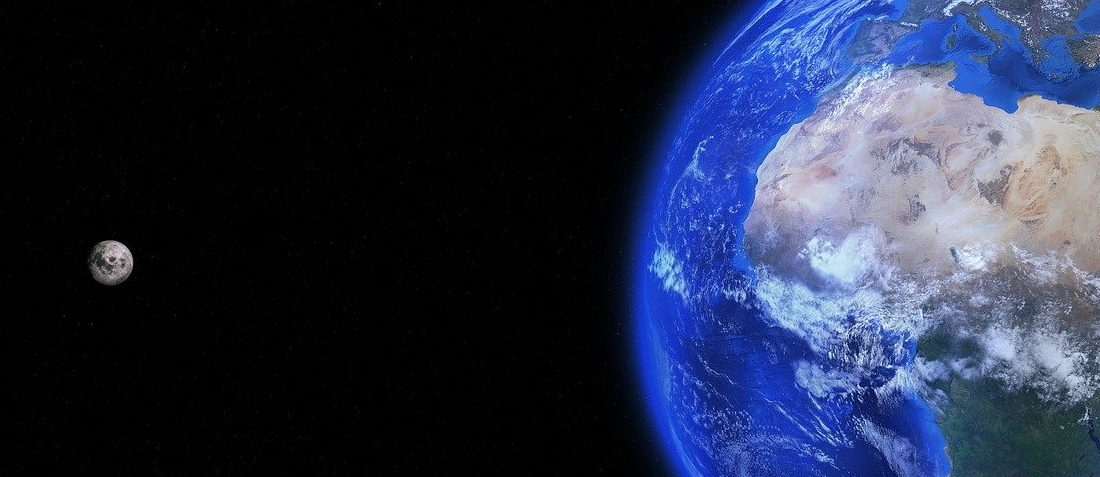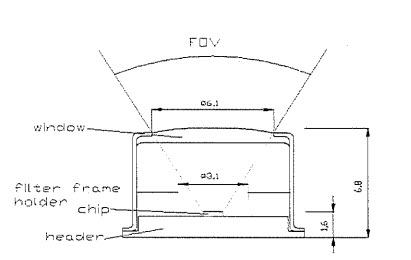
Evaluation of Optoelectronics Components for Space Applications
- Posted by doEEEt Media Group
- On June 10, 2021
- 0
Since 2008, when an evaluation of Optoelectronics Components for Space Applications was exposed in Aerospace Testing, Design, and Manufacturing, our laboratories have been growing up with the newest technological instruments. Many years after the presentation, we proudly announce that we are a consolidated partner to trust.
Why use Alter Technology in this type of report and what can we offer?
Key Elements
- Thermal vacuum cycles (specific set-up and chamber under development)
- Small cavity (for components). Easier vacuum technologies
- Vacuum feedthrough for optical fibers and windows for optical beams
- LN2 for cooling
- Automatization of temperature, vacuum and optical components measurements
- Envrionmental restrictions
- Vacuum
- Temperature (LN2 Chambers)
- Radiarion (If possible, no re-coonectorization and no modification of the setup and sample disposition during radiation)
- Optical Connectors and fibre geometry
- Even reliable connectors have repeatability problems
- Mating-demating lead to debris
- Optical switching
Examples of Optoelectronics components characterizations
Characterization of photodiodes in:
- Temperature (-135ºC to 105ºC)

- Angle
- Absolute Responsitivity calibrated externally
- Measures without optical fibres at room temperature
- Fuber bundle for RELATIVE measurements at other temperatures and angles
- One side connected externally to Optical Power Meter
- One side placed on the sample
- Verification of setup at room temperature
Laser diode and receivers:
- Laser DC electro-optical and monitor diode parameters
- Threshold current
- Slope efficiency
- Dark current photodiode monitor
- Responsitivity
- Temperature and mechanical stability TEC controlled
Acoustic-Optical Modulators
- Pigtailed laser
- Collimator
- Polarizer
- Rotation and translational stages
- Optical power meter
- Laser beam profiler
- Measurements at approximately 50% efficiency at different distances
- Peltier for measurements at T
- RF power
- LabView
- Efficiency
- Stability of the laser monitored
- Selection of optimum angle for each sample
- Efficiency versus RF input power
- Efficiency versus rotation angle
Conclusions
GET IN TOUCH TODAY!
Have questions? Contact us
Latest posts by doEEEt Media Group (see all)
- Space-Grade components available for immediate delivery - April 10, 2025
- Exclusive stock on doEEEt: How to access and request - April 10, 2025
- Managing EEE components for LEO and lower cost space missions - December 17, 2024


0 comments on Evaluation of Optoelectronics Components for Space Applications